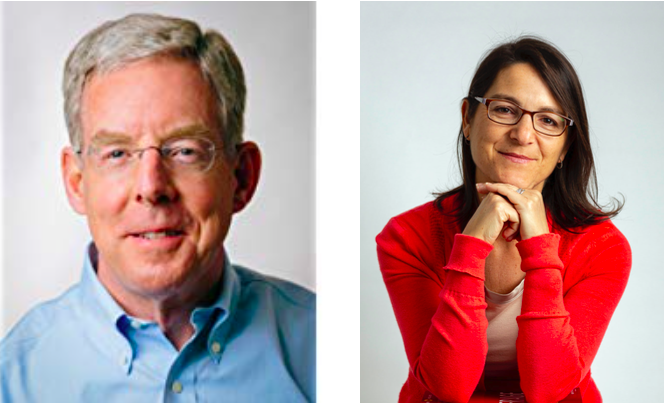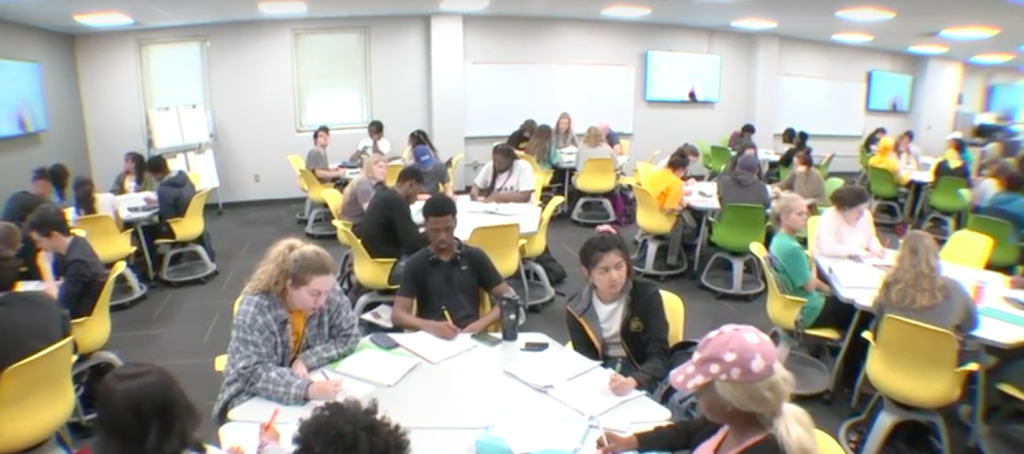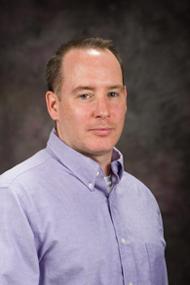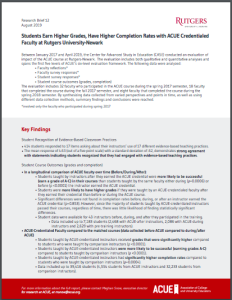
The “Must Reads” of the “Must Reads”
 With the avalanche of content we want to read, bookmark, and never get back to, Kim Marshall’s Memo, along with Jenn David-Lang’s The Main Idea, are godsends. Since 2003, the weekly Marshall Memo scans over 60 publications to curate the best and most insightful articles on teaching and learning, including pieces from the ACUE community. Since 2007, David-Lang has published monthly summaries of books on a range of education topics. As “designated readers” for busy educators, particularly in K12, they share a simple goal: to highlight articles and books that will have the greatest potential to improve teaching, leadership, and learning.
With the avalanche of content we want to read, bookmark, and never get back to, Kim Marshall’s Memo, along with Jenn David-Lang’s The Main Idea, are godsends. Since 2003, the weekly Marshall Memo scans over 60 publications to curate the best and most insightful articles on teaching and learning, including pieces from the ACUE community. Since 2007, David-Lang has published monthly summaries of books on a range of education topics. As “designated readers” for busy educators, particularly in K12, they share a simple goal: to highlight articles and books that will have the greatest potential to improve teaching, leadership, and learning.
Now, Marshall and David-Lang have teamed up to comb through more than 16 years of 8,000 article summaries from the Marshall Memo archive. Their new book, The Best of the Marshall Memo, Book One: Ideas and Action Steps to Energize Leadership, Teaching, and Learning, identifies the most thought-provoking and helpful article summaries and includes professional learning suggestions. We asked them to recommend a few of  their favorite articles most relevant to higher education. They came back with the “must reads” of the “must reads”:
their favorite articles most relevant to higher education. They came back with the “must reads” of the “must reads”:
Mazur’s “Instructional Shift”
Dan Berrett’s 2016 article in the Chronicle on Harvard professor Eric Mazur is one of our favorites. Early in his career Mazur got excellent student ratings: his lectures were clear and well received. His students excelled at solving complex problems that could be solved by memorizing and using formulas. However, when he tested them on their basic understanding of Newtonian physics and their ability to apply that understanding, he was shocked to see that more than half did poorly. Mazur realized he’d been effective at teaching his students to memorize formulas, but they lacked a deeper understanding of underlying scientific principles. He started to experiment with forgoing the full-class lecture and saw tremendous results.
Dan beautifully documents the instructional shift: Mazur now gives brief lectures, poses carefully framed questions, and uses student-response technology. If more than 30 percent of students answer incorrectly, he has them confer with each other. He listens and circulates and guides. This type of “peer instruction” led to dramatic improvements on the exam—with students’ scores doubling and tripling in subsequent years.
“The Making of a Teaching Evangelist” By Dan Berrett in The Chronicle of Higher Education, June 10, 2016
“Backward Design”—for Assessment
Timothy Quinn’s piece in the 2011/2012 winter issue of the Phi Delta Kappan is another classic. Quinn notes that many students focus solely on the grade they receive on an assignment. He believes this is fueled, in part, by the pressure felt in high school to receive high marks. But we know that grades tell students very little about their learning, and it’s a lost opportunity when we don’t help students dig beneath the grade to determine what they understood and where they need to improve. Not to mention, it’s discouraging for instructors who put hours into grading assignments and providing comments that never get internalized.
Quinn suggests developing a rubric for each assignment that outlines skills that students are expected to demonstrate and content they’re expected to master. Further, he recommends grading each element of the rubric, rather than just one overall grade. Doing so provides students with more specific information about what they did well and what they need to improve. A second, clever idea he shared was a sort of backward design for assessment: students graded themselves based on the instructor’s comments. This practice is a great way for students to reflect on their work.
“A Crash Course in Giving Grades” by Timothy Quinn in Phi Delta Kappan, December 2011/January 2012
Workplace Feedback for the Classroom
Marcus Buckingham from the ADP Research Institute and Ashley Goodall from Cisco Systems took a close look at how employees are supervised and evaluated, in the pages of the Harvard Business Review. Their review found that, sometimes, only simple, technical feedback is needed for a person to perform well. But with higher-order tasks, many managers’ well-intentioned approach to giving feedback is ineffective. “On that,” wrote Buckingham and Goodall, “the research is clear: Telling people what we think of their performance doesn’t help them thrive and excel and telling people how we think they should improve actually hinders learning.” Why? That feedback can be distorted or biased, and the research from brain science shows that most learning doesn’t come from pointing out gaps but from building on strengths. Marcus and Ashley shared several suggestions to help improve our feedback. Although focused on the workplace, we immediately saw the connection to the classroom.
“The Feedback Fallacy” by Marcus Buckingham and Ashley Goodall in Harvard Business Review, March/April 2019
Class Planning Like a Good Essay
Finally, in a 2015 article in Edutopia, English instructor Brian Sztabnik argued that lesson planning should follow the time-honored maxims of good writing: start with the end in mind, plan effective beginnings and endings, and grab students’ attention. “If we fail to engage students at the start, we may never get them back. If we don’t know the end result, we risk moving haphazardly from one activity to the next,” wrote Sztabnik. The piece includes “launch” activities that he’s found effective—video clips, good news, and writing prompts—and ways to have a “strong close” to a class by asking students to capture what they’ve learned in a tweet-length summary or asking them to fill out exit tickets to collect lesson feedback.
“The 8 Minutes That Matter Most” by Brian Sztabnik in Edutopia, January 5, 2015
***
Kim Marshall was a teacher, central office administrator, and principal in the Boston Public Schools for thirty-two years. Since 2002, he has led workshops and courses, coached school leaders, and consulted with schools and districts. Starting in 2003, he has produced the weekly Marshall Memo. Marshall is the author of many articles and books, including Rethinking Teacher Supervision and Evaluation (Jossey-Bass, second edition, 2013).
Jenn David-Lang has worked in the field of education for more than twenty-five years as a teacher, administrator, and consultant. Currently, she runs The Main Idea, an annual subscription service that provides monthly summaries of compelling books and professional learning ideas to school leaders throughout the world. In addition, David-Lang offers a wide range of consultation, including designing and providing workshops for leaders and teachers, coaching leaders, and conducting school evaluations.






